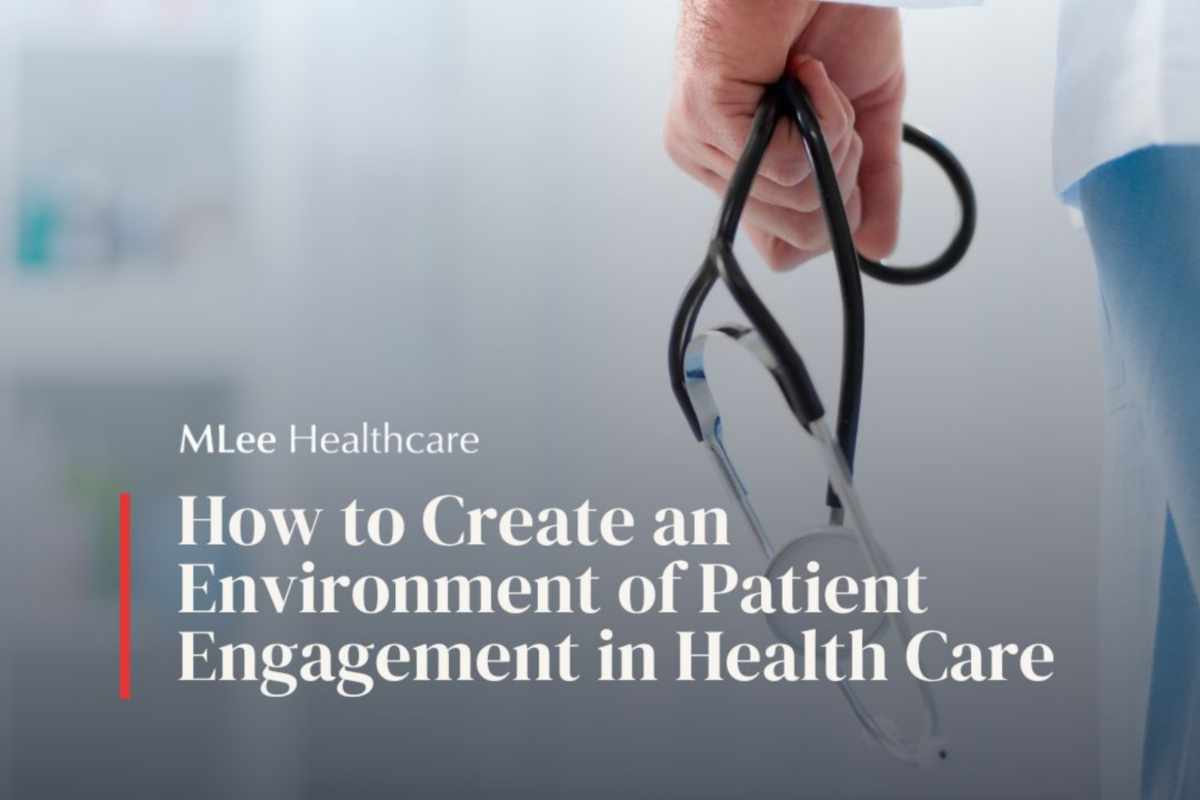Are you a healthcare traveler in search of a dream assignment in a tropical paradise? Look no further! The United States offers a


In its simplest terms, patient engagement involves creating an environment where patients are empowered to take control of their health and their wellbeing. In today’s health care settings, the patient’s experience oftentimes takes a backseat to the doctor’s experience — that is, people with chronic illness oftentimes do not have a great way of managing their symptoms and working towards recovery.

The concept of patient engagement encourages patients and health care providers to partner together, ensuring that the most impactful conversations and treatment plan decisions are made collaboratively and with the patient’s involvement. Not only is patient engagement beneficial for the patient’s health, but it can also have a major effect on the success of an entire health care system. When providers equip patients with the right tools, information and resources, it contributes to improved patient outcomes and enhanced health care operational efficiencies.
The literature outlines three particularly notable benefits of incorporating patient engagement into health care: a decrease in costs, an increase in outcomes, and an improved patient experience.
The first point, cost reduction, has additional long-term implications for any healthcare system. With patients able to proactively participate and contribute to their wellbeing, the resulting decrease in the negative outcomes and complications can have a great effect on the amount of money caught up in the health care system. For example, a 2019 patient engagement study conducted by Well = indicates that each year, the U.S. could save close to $50 billion in Medicaid and Medicare spending if just 4 out of every 10 chronically ill patients took proper control of their behaviors and adhered to treatment plans.
The second point is an increase in health outcomes. With the patient actively involved in their own health management, patient engagement can result in better symptom management, a larger adherence to patients’ prescriptions, ensuring treatments remain effective, and increased access to health care information. In addition, when a connection is established between the patient and the doctor or care provider it results in improved health care communication between the two.
The third point is improved patient experience (Systems 4Patients). When health care providers involve patients actively in their healthcare decisions they provide the patient with more control, stability, and consistency. In addition, when health care organizations engage in “meaningful” patient engagement with intended actions and purposeful communications, there is an overall reduction of inappropriate care. The purposeful and proactive behavior of patient engagement can lead to improved treatment, and ultimately improved outcomes and patient loyalty.
Patients today have easy access to personal health information and many tools which allow them to take a proactive role in handling their own health. Patients can be involved in their healthcare decisions with the help of mobile apps as well as other tools, such as:
• Personal Health Records and Portals: Using websites and applications to store personalized information about a patient’s health, medical appointment times, types of medicine, allergies, and other personal health data.
• Electronic Personal Health Records: a device that records all the patient’s health information that is synced via an app to a website that care providers have access to.
• Wearable Technology and Digital Devices: These tend to include sensors as well as applications that physical measure and monitor patient’s vitals such as: heart rate, blood pressure, distance traveled, and sleep patterns that are all captured and collected for Health Care Professionals to refer to.
• Telemedicine: From video chat to telephone caller systems, telemedicine enables patients and providers to stay connected without requiring an in-person encounter. Telemedicine often allows for prompt access to medical information without having to confront a hospital emergency department, making it ideal for remote areas and people without access to insurance.
• Social Media: Health care organizations and health care providers can use social media networks to directly reach out to their patients. Using it as a platform for providers to share relevant, helpful health information with their patients and keep them up to date on current health trends.
• Gamification: Although not as common as the other tools used for patient engagement, utilizing gamification can prove an extremely successful way to engage patients and can result in improved patient education, increased health assessment accuracy, and improved adherence to treatment plans.
It’s important that as part of the patient engagement movement health care providers, specifically those specializing in chronic health care illnesses, enter a trusting partnership with the patient. This means that healthcare professionals must go beyond the basic transactional relationship between patient and doctor to more of a more comprehensive discussion. This conversation must come from mutual respect in order for it to work. There should be an environment felt within the provider’s office of collaboration between health care provider and patient. By having this atmosphere and taking the time to build that concept of trust, a healthcare provider can ensure that he or she is working with the patient, instead of for the patient.
Today’s health care landscape is vast and complex, and patient engagement continues to serve as a powerful tool when it comes to positioning a health care organization for overall success. By creating an environment where patients and health care providers can form a trusting and collaborative partnership, many problems in health care ranging from cost reduction to increased outcomes can be remedied.
At MLee Healthcare, we understand the important role that effective patient engagement plays in any health care system. That’s why we focus on connecting healthcare professionals with organizations to achieve their business and long-term goals, whether that includes improved patient outcomes or increased operational efficiencies. That way, we can together help protect the health and wellbeing of patients and the provider’s reputation.